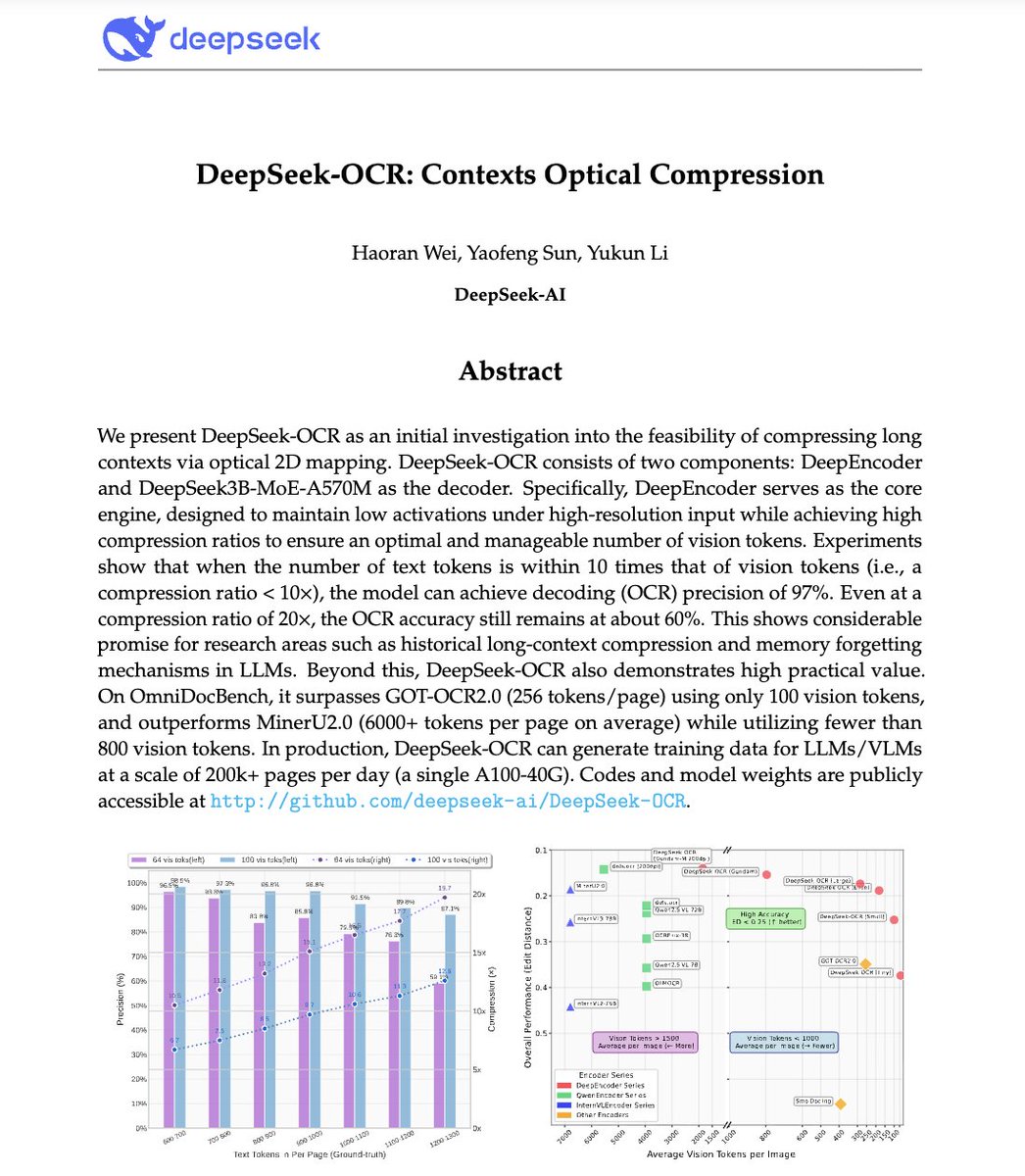🚨 Meta just dropped a breakthrough that could change how AI agents learn forever.
Reinforcement learning has always been the dream for autonomous agents but in practice, it’s been a nightmare: too expensive, too slow, and too fragile to scale.
Their new framework DreamGym fixes all of it.
Instead of forcing agents to train inside real environments (which require massive infrastructure and painful resets), DreamGym synthesizes experiences building a reasoning-based model that imagines realistic interactions and reward signals through step-by-step reasoning.
Here’s what that means:
→ No costly web rollouts or GUI resets
→ Synthetic environments that evolve with the agent’s skill
→ Automatic curriculum generation tasks get harder as the agent improves
→ Reinforcement learning that’s finally scalable and affordable
The results are insane:
• +30% performance on WebArena (where RL was basically impossible)
• Matches GRPO and PPO using only synthetic data
• Cuts real-world rollout needs by 90%+ when transferring trained policies
DreamGym basically teaches agents to dream their own experience—and those dreams make them smarter.
This flips the entire paradigm:
Instead of learning from the world, agents learn before touching the world.
Meta just gave RL its missing piece: scalable experience synthesis.
Reinforcement learning has always been the dream for autonomous agents but in practice, it’s been a nightmare: too expensive, too slow, and too fragile to scale.
Their new framework DreamGym fixes all of it.
Instead of forcing agents to train inside real environments (which require massive infrastructure and painful resets), DreamGym synthesizes experiences building a reasoning-based model that imagines realistic interactions and reward signals through step-by-step reasoning.
Here’s what that means:
→ No costly web rollouts or GUI resets
→ Synthetic environments that evolve with the agent’s skill
→ Automatic curriculum generation tasks get harder as the agent improves
→ Reinforcement learning that’s finally scalable and affordable
The results are insane:
• +30% performance on WebArena (where RL was basically impossible)
• Matches GRPO and PPO using only synthetic data
• Cuts real-world rollout needs by 90%+ when transferring trained policies
DreamGym basically teaches agents to dream their own experience—and those dreams make them smarter.
This flips the entire paradigm:
Instead of learning from the world, agents learn before touching the world.
Meta just gave RL its missing piece: scalable experience synthesis.

Read full paper: arxiv.org/abs/2511.03773
10x your prompting skills with my prompt engineering guide
→ Mini-course
→ Free resources
→ Tips & tricks
Grab it while it's free ↓
godofprompt.ai/prompt-enginee…
→ Mini-course
→ Free resources
→ Tips & tricks
Grab it while it's free ↓
godofprompt.ai/prompt-enginee…
• • •
Missing some Tweet in this thread? You can try to
force a refresh


















